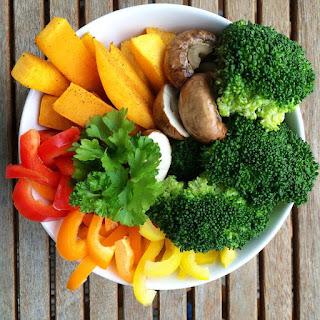Detoxification is currently becoming one of the most natural solutions for making ones body free from toxins. Proponents of this trend had claimed that detox is an important move to take for the reason that toxins are bad for health. Toxins enter into the body from the foods we eat, the clothes we wear, and even from the water we drink and air we breathe, making us feel weak and dizzy once they build up into our system. As such, they must be eliminated for us to stay healthy and strong. And, what more effective solution can you think of than body detoxification.
Detoxifying your body can be done in just a matter of days or weeks. There are certain rules to follow, however. The rules set just involve what foods to eat and what foods are not allowed to eat. Certain acts of cleanliness are also given importance if you want to detox your body in the best possible way, and the detoxifying starts by knowing exactly what technique to consider.
There are a lot of ways available for you to detox your body. One of the common ways is by following a good diet. Detox diet now comes in a number of forms, and with this fact, finding the right solution can be a bit difficult. However, this can be solved easily if you know exactly what type of detox diet to consider. If you think you will be having a hard time figuring out which of the detox diet plans suit best your needs, try to ask your doctor for he or she can perform a thorough assessment regarding your health and your needs.
If detox is appropriate for you, here's what typically happens:
To detox your body, you will be required every morning to prepare a half lemon pinched into a hot water. This is used instead of having a cup of coffee. But you can also enjoy a good cup of herbal teas, dandelion coffee, as well as hot cordials. These mixes can also help you detox your body properly.
In addition, it will be typical for you to drink 1.5 liters of purified water. This should be maintained instead of coffee, alcohol and strong tea. When detoxifying your body, veggies and fruits will be introduced to your diet. Whole grains and healthy proteins are also allowed, and if you are the type who loves to consume products made of cow's milk and wheat, expect then to be discouraged from them. To detox your body, you also need to avoid butter, and use an olive oil instead for cooking. And, to top it all, you need to clean your surroundings by eliminating all the clutters. This is given importance knowing that a clean environment will help you become more strong and free from toxins.
So that's it! But before you detox your body, look at your habits first and determine what possible ways you can do to improve your lifestyle for a much better health.




























